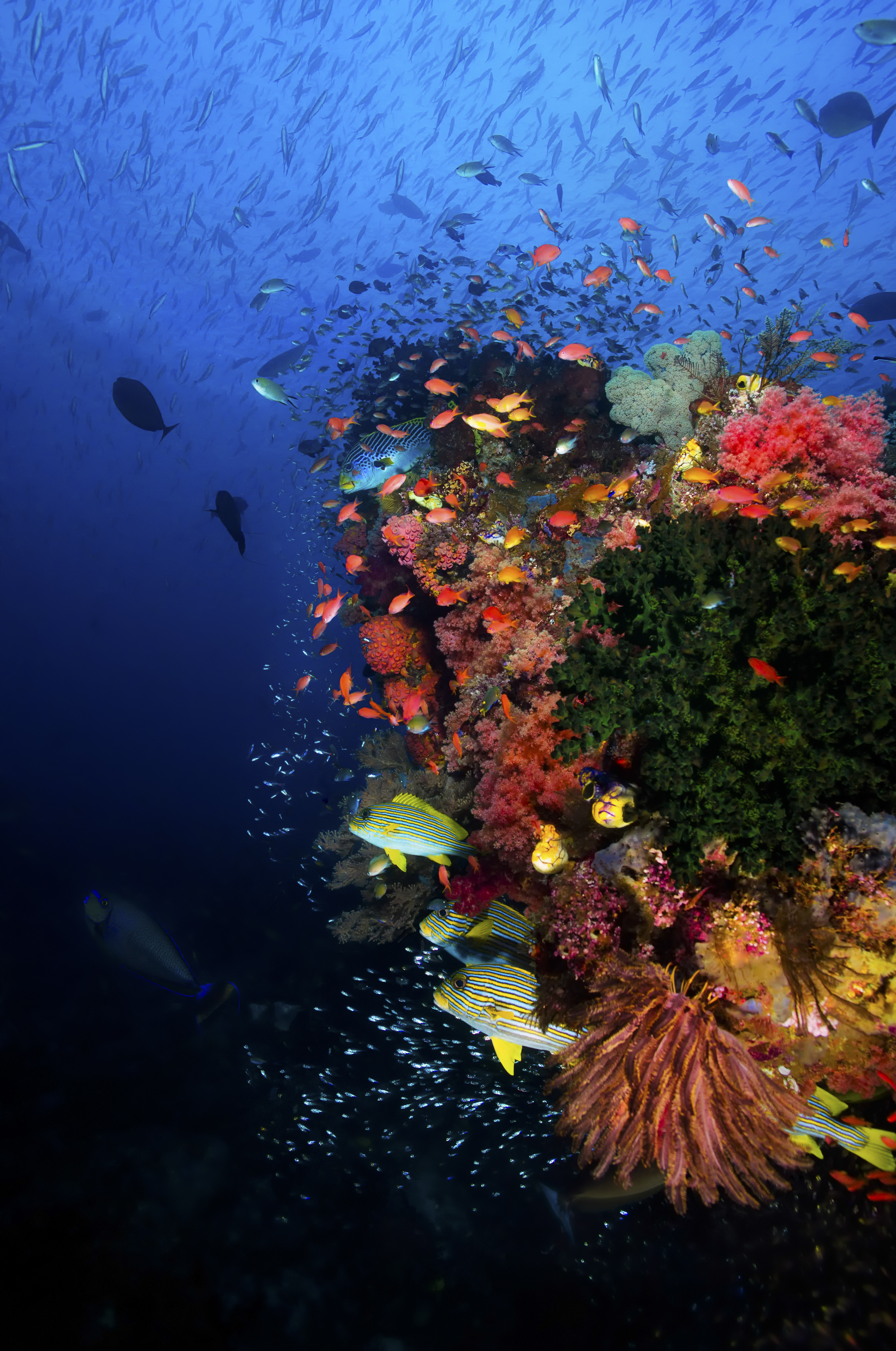Abstract
Transmission of viral encephalopathy and retinopathy (VER) to yolk-sac larvae of the Atlantic halibut Hippoglossus hippoglossus: occurrence of nodavirus in various organs and a possible route of infection.
Grotmol, S., O. Bergh & Totland, G.K.
Dis. Aquat. Org.
36
2
95-106
2006
The susceptibility of the Atlantic halibut Hippoglossus hippoglossus yolk-sac larvae to viral encephalopathy and retinopathy (VER) was investigated by waterborne challenge experiments with nodavirus. Transfer of VER was indicated by several lines of evidence. A significantly higher cumulative mortality was observed after challenge with virus compared to mock challenge, and increasing doses of virus resulted in shorter incubation periods. When the challenge was performed on the day after hatching, the time from inoculation to the time when 50% of the larvae were dead (LT sub(50)) ranged from 26 to 32 d. Postponement of challenge for 13 d reduced the LT sub(50) to 14 d, indicating that the susceptibility of the larvae to the present nodavirus strain was low during the first 2 wk after hatching. The progression of the infection was monitored by sequential immunohistochemistry and electron microscopy. On Day 18 after hatching the initial signs of infection were observed as a prominent focus of immunolabelling in the caudal part of the brain stem. In the same larvae immunolabelled single cell lesions were observed in the stratified epithelium of the cranial part of the intestine. The portal of entry into the larvae may thus have been the intestinal epithelium, while the route of infection to the CNS may have been axonal transport to the brain stem through cranial nerves such as the vagus nerves. Later in the infection, lesions became more severe and widespread and were also found throughout the brain and spinal cord and in the retina, cranial ganglia, intestine, liver, olfactory epithelium, yolk-sac epithelium, gills and pectoral fins. The mortality in all virus-challenged groups was 100%. This study thus demonstrates that the present nodavirus strain is able to replicate and cause VER in Atlantic halibut yolk-sac larvae at temperatures as low as 6 degree C.
Cambridge Scientific Abstracts
